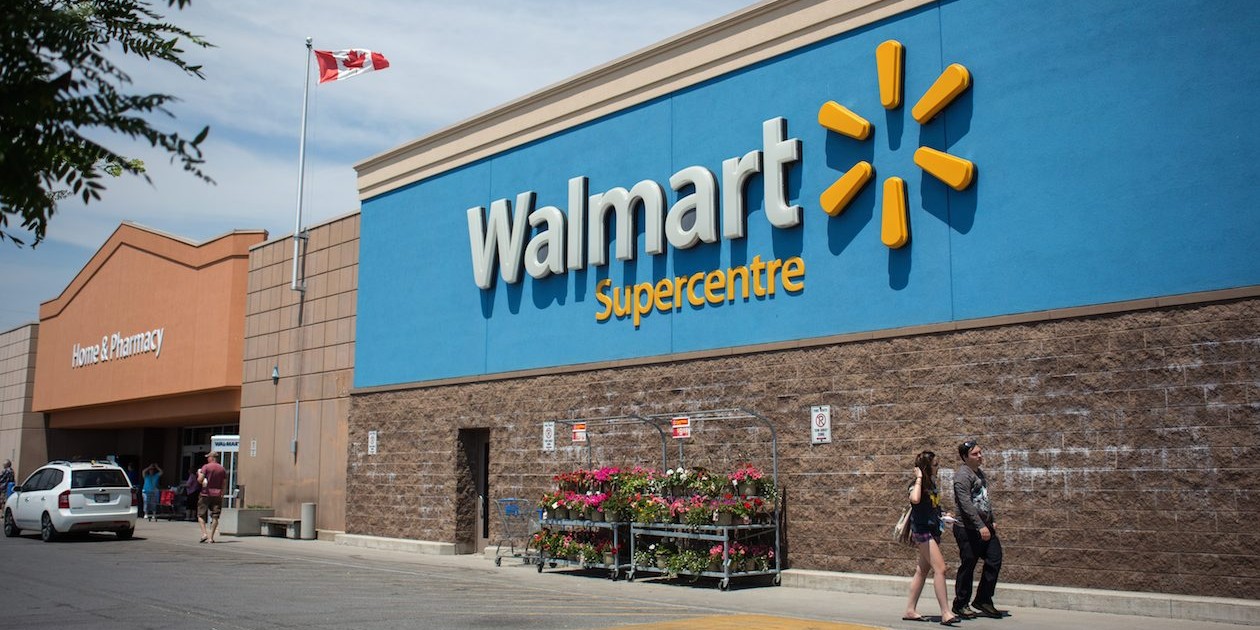The battle for grocery shoppers’ online dollars is just beginning, but Walmart is already a clear victor in consumers’ minds.
The retailer was named Canada’s most trusted online retailer in grocery/food and beverage in BrandSpark International’s Canadian Shopper Study.
For consumers, the factors determining trust in a retailer are: consistently strong value, a strong selection of quality products, and a consistent and convenient shopping experience.
According to BrandSpark, Walmart had a strong lead over second-place winner, Amazon.
“People are used to shopping at Walmart for groceries, so it’s familiar, they know what to buy there, and [shopping at Walmart.ca] becomes an extension of the habit they had of shopping in the physical store,” says Philip Scrutton, director of consumer insights at BrandSpark.
In addition, Walmart offers a fresh selection online—something Amazon doesn’t yet do in Canada.
“Amazon and Walmart are going to be competitive on price on products they both carry, but Walmart simply has that larger selection, as well as the Walmart private label that Walmart shoppers like to buy,” says Scrutton.
However, when Amazon does launch its AmazonFresh service in Canada, “that competition will get tighter,” he adds.
Online retailer Well.ca ranked third in grocery/food and beverage.
Robert Levy, president and CEO of BrandSpark, says it’s interesting that traditional grocery retailers aren’t even in the top three in the grocery/food and beverage category. He believes Walmart’s dominance is partly due to its big investments in ecommerce.
Last year, for instance, Walmart said it was spending $75 million on distribution in 2015, including two-ecommerce warehouses, and an additional $35 million on other ecommerce initiatives, including an expanded online product assortment.
Walmart also has an edge because “what consumers are expecting is value and convenience, and it’s just not something that the traditional retailers have really jumped on board with,” adds Levy.
In the health and personal care category, Well.ca tied with Amazon for first place, and Walmart ranked third. “Well.ca focused on the health category pretty early on,” says Levy. “They saw that as a niche, and now they’re expanding more into mass.”
In addition, the site—like Amazon—has product reviews, which are very important to health and beauty customers, says Scrutton.
Overall, the BrandSpark survey found that consumer reviews play a key role in online shopping, with six in 10 saying they regularly look to reviews to support their purchasing decisions.
Amazon was the big winner across several categories. It was number one in books, toys, and housewares/kitchenware, and tied for first place in electronics and men’s clothing/fashion.
See the full list here.
This article originally appeared on CanadianGrocer.com.










